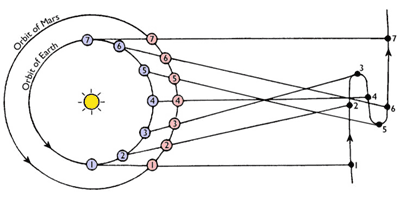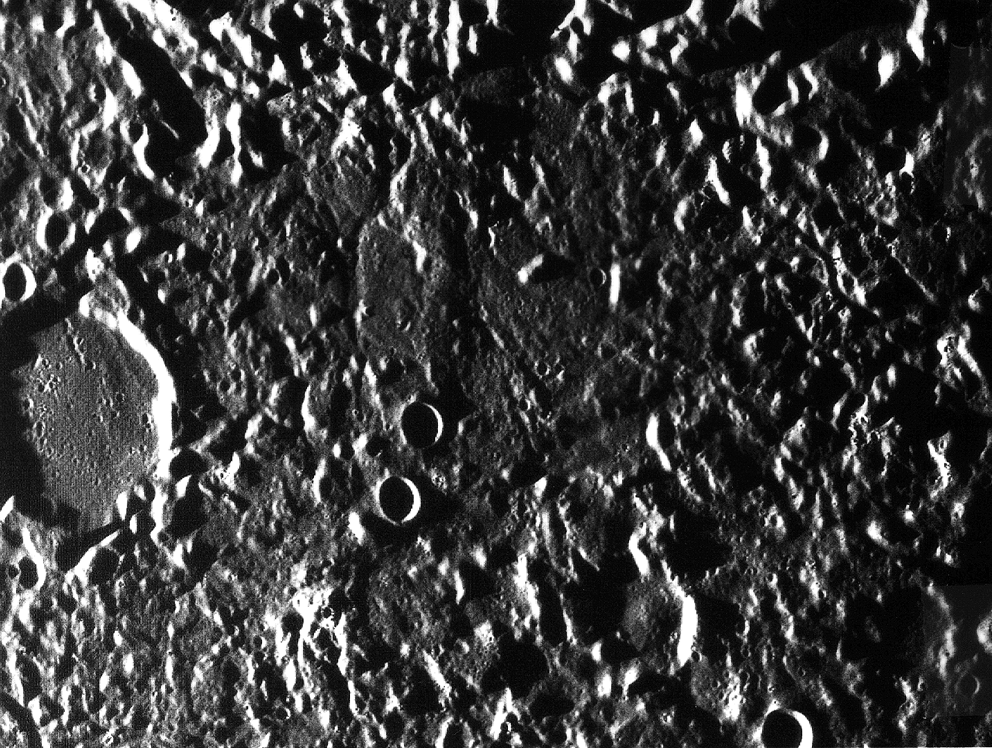The main reason why is the Earth and the Moon do not orbit in the same plane. The Moon's inclination is about 5° compared to the ecliptic. Therefore, during most new Moon phases or most full Moon phases, the Moon is not in the same alignment with the Earth and the Sun. This 5° inclination leads to the eclipses to happen every six months.
There are two types of eclipses: solar eclipses and lunar eclipses. Solar eclipses occur when the Moon crosses in front of the Sun, blocking us from seeing the Sun on Earth. Lunar eclipses occur when the Moon passes through the shadow of the Earth. A lunar eclipse (or a solar eclipse) follows two weeks after the associated solar (or lunar) eclipse. Solar eclipses and lunar eclipses never occur more than 14 days apart.Lunar eclipses occur during the full Moon phase as the Earth is between the Moon and the Sun. If the Moon is completely in the shadow, or umbra, of the Earth. Since the Earth is so much larger than the Moon, the shadow of the Earth completely envelopes the Moon during a lunar eclipse. Also, this allows a lunar eclipse to occur even if the Earth, Sun and Moon are not completely in line. If the Moon is slightly out of the umbra and partially in the penumbra, partial lunar eclipses will occur. From viewing partial lunar eclipses, ancient astronomers could tell that the Earth was round, not flat, because of the shape of the Earth's shadow on the Moon.
Solar eclipses occur during the new Moon phase when the Moon crosses in front of the Sun. These are only total if the Moon is near perigee and the Sun, Moon, and Earth are completely aligned. If the Moon is nearer apogee than perigee, a solar eclipse will be annular, or ring-like, because there will be a ring of sunlight around the outline of the Moon. As with lunar eclipses, if the Moon is slightly off center of the ecliptic, then a partial solar eclipse will occur.
 |
| Total Solar Eclipse (NASA) |
 |
| Annular Solar Eclipse (Wikipedia) |







































